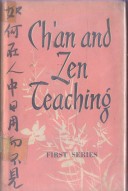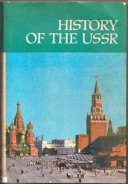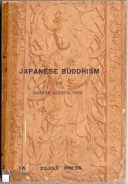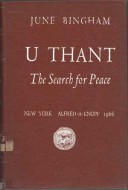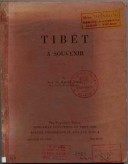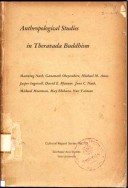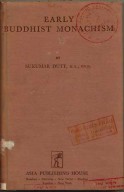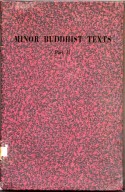Tìm Sách
Sách tiếng Anh-English >> Ch'an and Zen Teaching
Thông tin tra cứu
- Tên sách : Ch'an and Zen Teaching
- Tác giả : Charles Luk - Lu K'uan Yu
- Dịch giả :
- Ngôn ngữ : Anh
- Số trang : 255
- Nhà xuất bản : Rider & Company - London
- Năm xuất bản : 1960
- Phân loại : Sách tiếng Anh-English
- MCB : 12010000004014
- OPAC :
- Tóm tắt :
CH’AN AND ZEN TEACHING
Edited, translated and explained by
LU K’UAN YÚ
[charles Luk]
Rider & Company
London
Contents
Editor’s foreword
Part I
Master Hsu Yun’s Discourses and Dharma words
- Prerequisites of the Ch’an training
- The ch’an training
- Daily lectures at two ch’an weeks
- The Master’s arrival at Ts’ao Chi
Part II
Stories of six Ch’an Masters
Foreword
- Master The Cheng, the boat monk of Hua Ting
- Master Chih Hsien of Hsiang Yen
- Master Chu Ti of Chin Hua
- Master Hui Tsang of Shih Kung
- Master Wu chu, alias Wen His of Hang Chou
- Master Fu Ta Shih (Bodhisattva Fu, alias Shan Hui)
Part III
The diamond cutter of doubts
A commentary on the diamond sũtra b Ch’an master Han Shan
Foreword
Preface
Part one
Part two
Part IV
A Straight talk on the heart sũtra
By Ch’an master Han Shan
Foreword
Commentary
Chinese appendix of persons, places, and terms
Glossary of Chinese and Sanskrit names, terms and places, with dates where known
Index
Publisher’s note
In China and Japan no one thinks of practising Ch’an or Zen Buddhism without the guidance of a qualified Master. In earlier days, when Masters were plentiful, literature on the subject was deliberately written in obscure terms, and the real meaning of the enigmatic stories or riddles (Kung-ans or Koans) was kept secret, as was also the method of training.
Now that this particular branch of Buddhism is attracing so much interest in the West, where there are no qualified Masters to teach it, the time has come to reveal the meaning of these koans and to describe clearly what practices are necessary to follow this ancient path. Hence the tremendous need for a book such as this, the first volume of a projected series of such works. In it is contained:
(1) The practice as taught by the late ch’an Master the Venerable Hsu Yun. It elaborates upon the technique known as hua t’ou which is taught in Japanese zendos today but has never been explained to the public before.
(2) Six representative stories (kung-ans_ of Ch’an Masters are translated for the first time from the Imperial selection of Ch’an sayings. These are samples of classical koans which are still used to test the training laid down in the first part of this book. For the first time each kung-an is fully explained so that it makes sense to the uninitiated.
(3) A translation of the Diamond and heart Sũtras with the commentary of Ch’an Master Han Shan. Western students of Buddhism usually maintain that the Buddhist Sũtras play no part in Ch’an and Zen teaching. Why then did the Fifth and Sixth Patriarchs exhort their followers to read the Diamond Sũ tras? In fact, a study of the Sũtras has always been encouraged as a preliminary to the training, and the first thing the more famous Masters did after complete Inlightenment (Wu or Satori) was to comment on these Sũtras. Again, this is the first time that a commentary by one of them has been translated for Western readers.
 Facebook
Facebook
 Google
Google
 Google+
Google+
